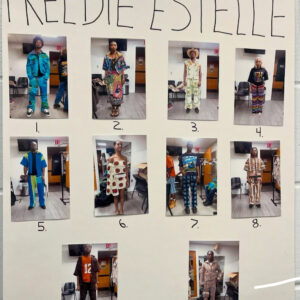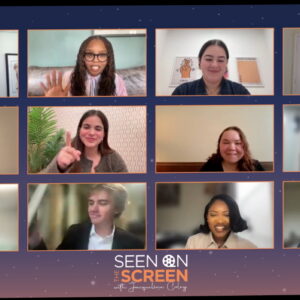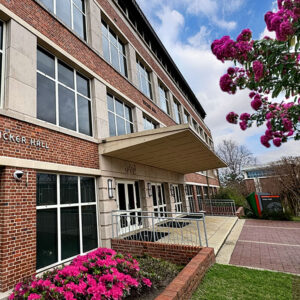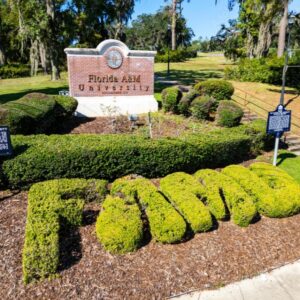| October 14th, 2015
Wonderful Women Who Rocked the Movements
By: journeymagazine
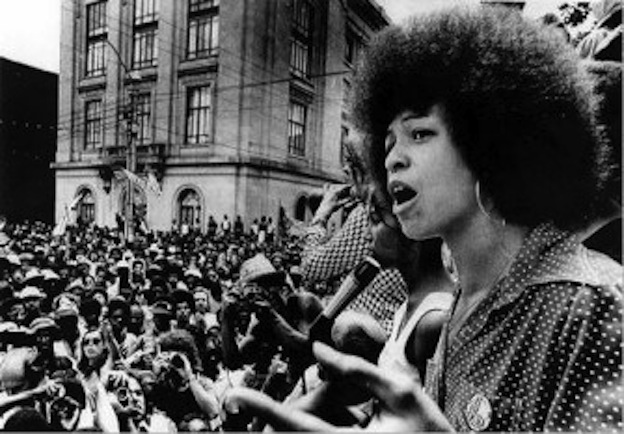
Recognizing a few of the Female Social Justice Warriors for Black Liberation
Words by: Treasure Glover

Photo Courtesy of Getty Images & DailyMail UK
Black women are often erased. Whether it is in history, in media, and or even in the efforts for social justice. The media often highlights the men of the fight. Names like Martin Luther King, Jr., Malcolm X, and Huey P. Newton often carry the recognition for the mass movements for African American equality. However, when investigating the efforts to solve social issues we find many women who have played significant roles.
“We don’t hear these stories, we see the pictures and we think, ‘Oh we are included as black women because we were there. We were planning we were active we were working just as hard and faced with the same consequences and repercussions as the men,’ but when we read the stories and when we watch the dramatizations or the films about these stories our narratives go unheard, ” says Assistant Professor in the Florida A&M University department of Geography, I’shante Hunter.
It is significant that we learn black history and turn the spotlight on the women of the struggle. Women like Ella Baker, Jo Ann Gibson, Joanne Chesimard, Alicia Garza, Patrice Cullors, and Opal Tometi deserve to be mentioned, as these are important activists who have helped in their own unique way to bring forth the deserved equality in the United States.
Ella Baker: Civil Rights Activist
Ella Baker was born on Dec. 3, 1903 in Norfolk Va. She was raised on her grandparent’s farm around former slaves and other people who had opposing beliefs about the unequal policies of the United States. After graduating as valedictorian of the 1927 class of Shaw University, she moved to Harlem and joined the amalgam of radicalness. In this setting, Baker put her education plans on hold and began to make her mark in black history. She worked in the New Deal’s Work Progress and the National Association for the Advancement of Colored People. Baker also organized national networks to bring activists from across the country together, before becoming the first executive director of the Southern Christian Leadership Conference, despite protests from male figure Dr. King, Baker prevailed on. It was in one of her workshops held in Tennessee called, “Give Light and The People Will Find A Way,” that Rosa Parks was able to imagine initiating a movement in Alabama.
“We are led to believe that “civil rights leaders” are men, when the majority of people who worked in the movement and made it move were women,” says Timothy Tyson, author of “Give Light and the People Will Find A Way.” Ella Baker showed us that the power in the Civil Rights Movement was not a product of one specific person or one specific gender, but the result of several people sharing a vision and working towards it together.
Jo Ann Robinson: Civil Rights Activist
Jo Ann Robinson was born on April 17, 1912 in Culloden, Ga. She attended Fort Valley State University and was an educator in Macon, Ga. After obtaining her Master of Education in English from Atlanta University she began working at Alabama State College and joined the Women’s Political Counsel, a group of women dedicated to stopping institutionalized racism. As president of the Women’s Political Counsel, harassment from a bus driver and the arrest of Rosa Parks encouraged Robinson to start a one-day bus boycott. This one-day boycott turned into the Montgomery Bus Boycott. In March of 2015 MicKinney & McDowell Associates named Robinson, “An Unsung Hero for Civil Rights.” Without Jo Ann Robinson there is a possibility that there would have never been the legal desegregation of buses.
JoAnne Chesimard (Assata Shakur) – Freedom Fighter in the Black Liberation Movement

JoAnne Chesimard was born on July 16, 1947 in New York City, N.Y. After observing and experiencing racism in the United States, JoAnne joined the efforts to end oppression and began going by the African name Assata, “she who struggles,” Olugbala, “for the people,” Shakur, “the thankful one.” Assata was active in the Black Liberation Movement as a member of the Black Panther Party helping their efforts for equality. Shakur also participated in different struggles such as the movement for student freedoms and the movement to end the Vietnam War. In the midst of the Federal Bureau of Investigation of the United States labeling the Black Panther Party as a threat to the United States, Assata was shot then held in police custody for the murder of a law enforcement officer and other unrelated crimes. The U.S worked towards destroying the group of activists that made it work. Assata spent several years imprisoned once convicted for several of these crimes until she escaped in 1979. In 1984 Assata found asylum in Cuba where she still resides as the first woman to be named a Most Wanted terrorist by the United States Federal Bureau of Investigation.
“I think it is important for us be able to go back and re-familiarize ourselves with her story and her struggle and see if there can be some avenues for us to maybe resolve the issue of her being exiled,” says FAMU Professor Ishante Hunter. Without Assata Shakur there would be less of an understanding of the ways in which activists struggled in the Black Liberation Movement to expose various forms of oppression. Without Assata Shakur we also we not have as much knowledge of the United States government’s attempt to minimize the efforts of activists in the Black Liberation Movement.
Patrisse Cullors, Alicia Garza, and Opal Tometi – Black Lives Matter creators.
“If we do not make a conscious effort to talk to these women and to get these women’s stories then their story or their history goes untold and so 20, 30, 40 years later people think Black Lives Matter was started by men and it wasn’t. It was started by women,” Hunter states referring to the current social justice movement in America known as Black Lives Matter.
The Black Lives Matter Movement was started in 2013 after the acquittal of George Zimmerman. Activists Alicia Garza, Patrisse Cullors, and Opal Tometi spread the idea that Black Lives Matter across social media and began organizing demonstrations throughout the nation in response to the police brutality that is responsible for harming and killing several African Americans. Today the Black Lives Matter Movement is prominent in the United States and is beginning to spread internationally. It is because of the spirit from a group of women that activists from all over are able to came together and rallied as a collective whole for social justice. On Sept. 10, 2015, Cullors, Garza, and Tometi were named a part of the Politico 50, a list of workers who have changed the scope of American politics.
“We don’t celebrate other women as much as we should: Daisy Bates, Gloria Richardson, Septima Clark, Anne Braden, Ruby Doris Smith Robinson, Diane Nash, Connie Curry, and many, many others, most of whose names will probably never be known by most people,” says Tyson. It is significant to read the history and pay homage to the women who participated in the Civil Rights Movement like Ella Baker and Jo Ann Robsinson. It is important to read the words of the women who participated in the Black Liberation Movement like Assata Shakur. It is vital to hear the voices of the women who are participating in Black Lives Matter Movement and join their efforts for justice.

